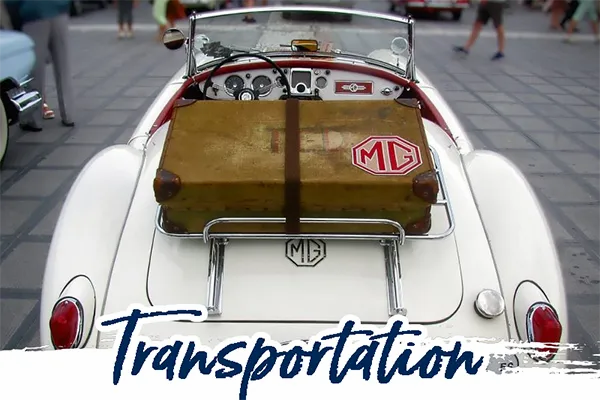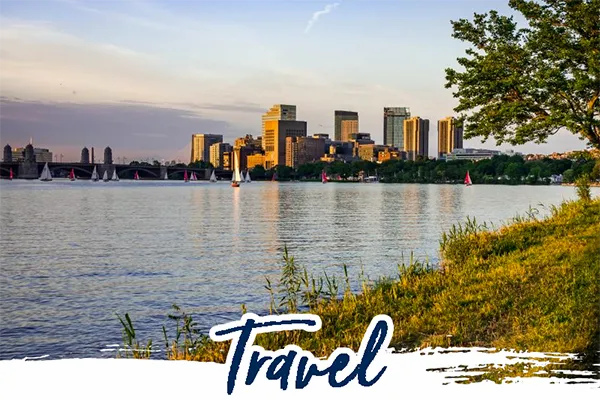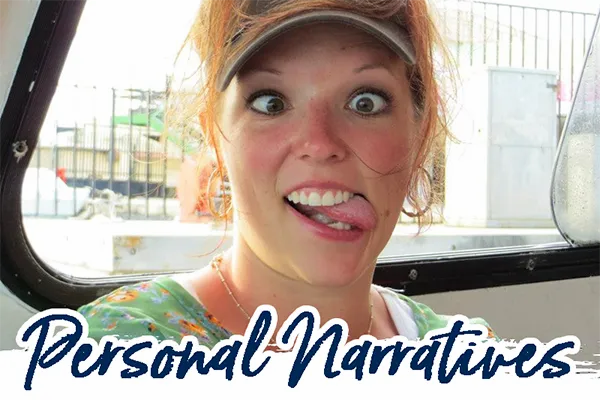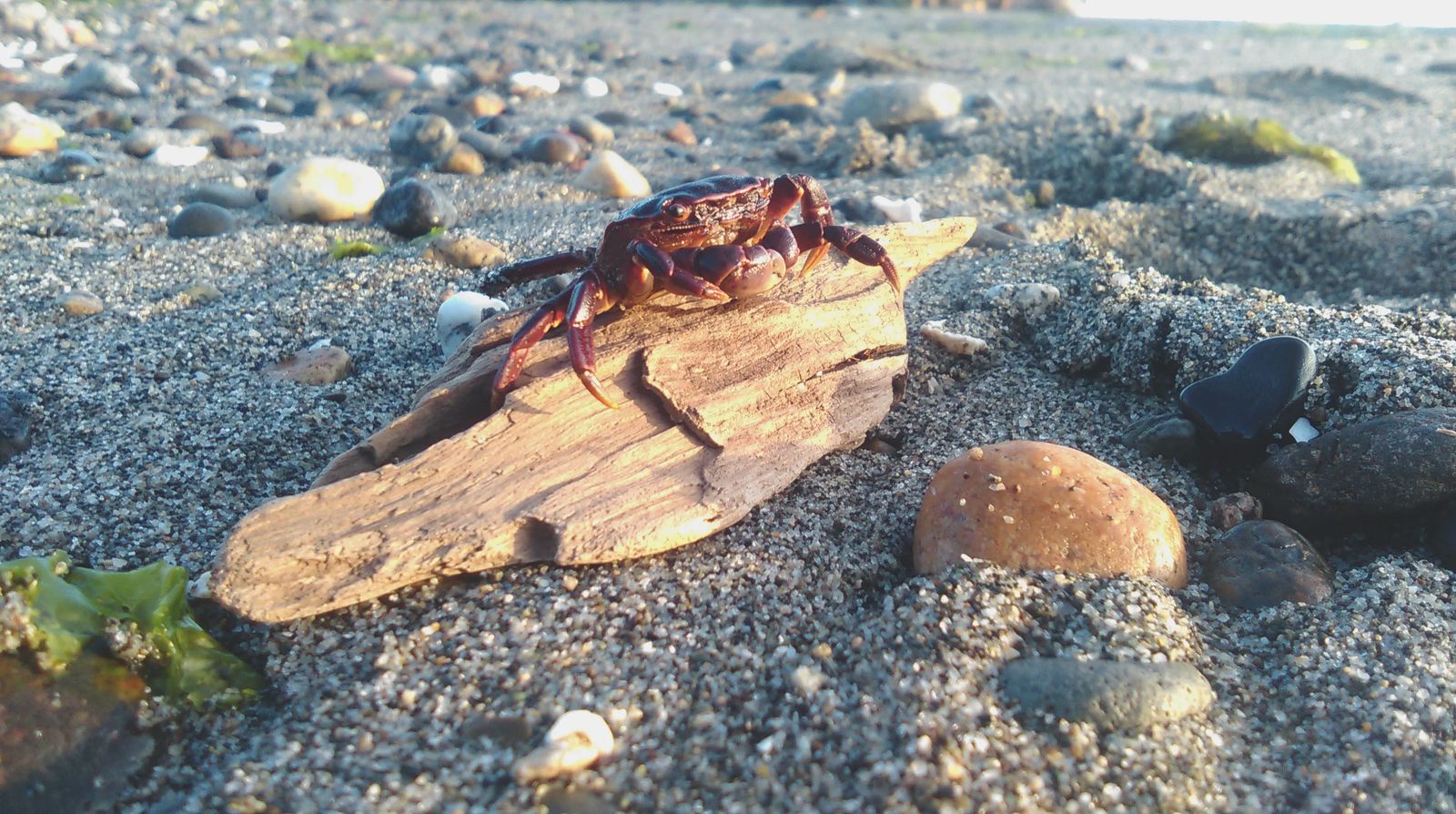
Crabbing On The West Coast With Family
Article contributed by Breanna Groneman (Bio Below)
I LOVE crab legs! It’s my favorite thing to eat! So naturally, when given the opportunity, I had to try my hand at crabbing on the West coast. I've been crabbing several times in Washington, Oregon, and California - and I learn something new every time.
It is a great activity to do with family, friends, and even your fur babies. I know Ivy (my Goldendoodle) gets very curious about the crabs when they skitter out of the nets. I learn something new each time though, and you can certainly get in trouble if you don't do it the right way, get the right equipment, know how to store and cook the properly. So here is my advice on all the things I have learned over the years.
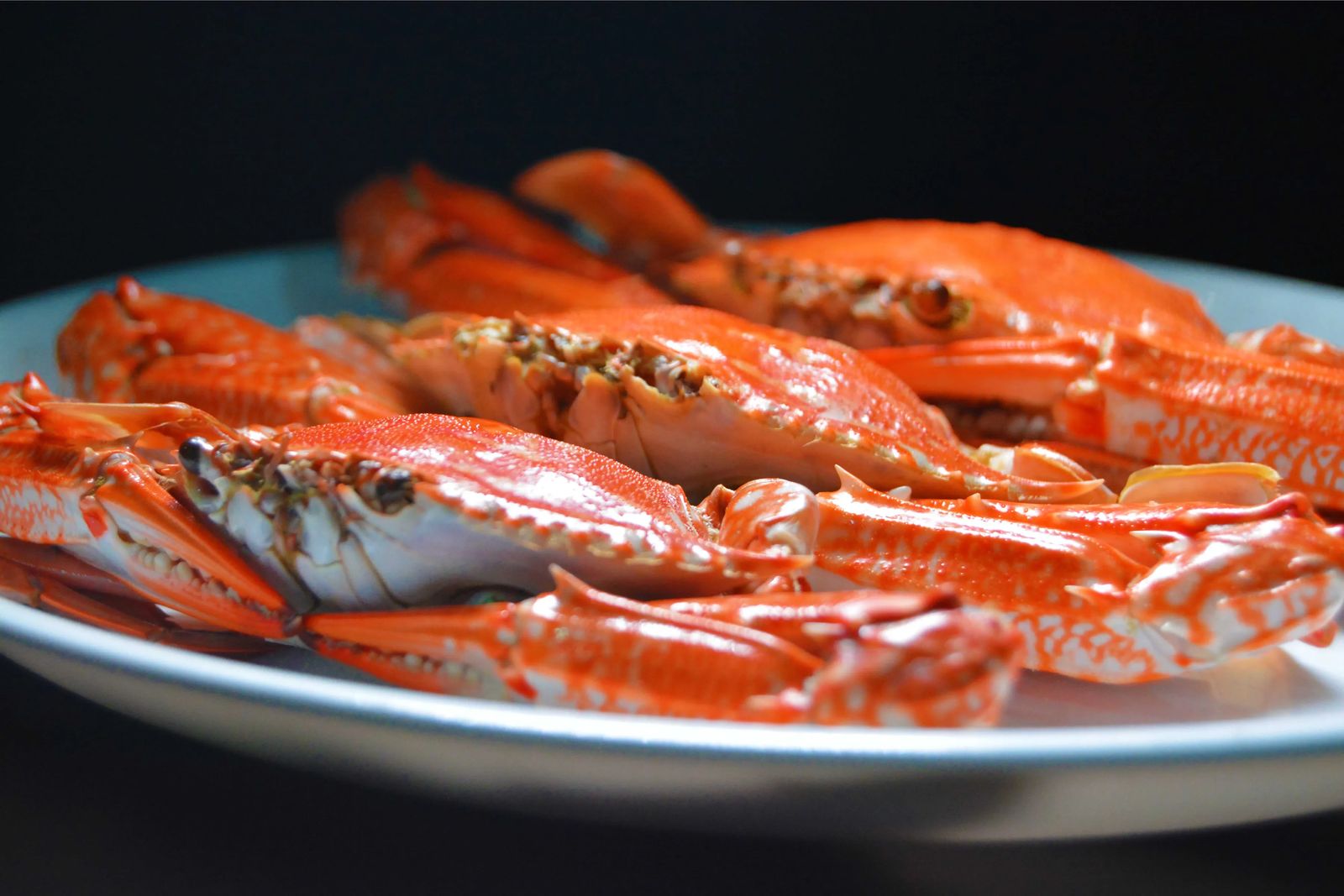
Things To Know Before You Start Crabbing
- While crabs are all along the length of the west coast, each state has their own rules and regulations for shellfishing. (Here's the websites to look them up for California, Oregon, and Washington)
- Whereas in several places along the coast, you can go crabbing year round, there are definitely “seasons” in which you are more likely to catch “keeper” crabs.
- Whereas some people will swear by one type of bait over another, bait is bait, and in my albeit limited experience, I was just as likely to catch crabs with several different types of bait.
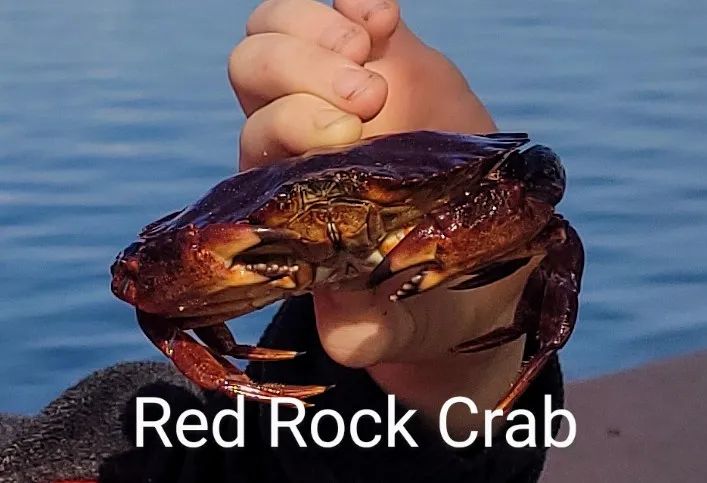
Which Crabs Can You Keep?
So let’s get into the reason you’re here, the basics of how to catch some yummy crabs! In general, there are two types of crab that you will be catching when you go crabbing on the west coast: The highly sought after Dungeness Crab and the Red Rock Crab.
Red Rock Crabs, identifiable by their red color and black tipped pincer claws, have less meat in their legs, but the meat they do have, especially in their pincer claws, is very flavorful.
Dungeness crabs have lots of delicious meat in their legs, which typically make them more desirable and thus are highly regulated (only male crabs, with a shell width of a certain size depending on the state).
If you catch Red Rock Crabs, you may keep any size or sex. If you are trying to catch more Dungeness Crabs, your best bet is to take a boat into the deeper waters of the bay. Females and young crabs tend to stay in calmer waters, therefore, if you are crabbing from the pier or marina, don’t be surprised if the majority of what you are catching are females or too small to take home. I’ve only gone crabbing off of piers and have caught at least one “keeper” each time, just don’t expect to take home enough for a crab feast.
You’re wondering how to tell the crabs apart, male vs female. When you catch them, turn them over to see the bottom of their shells. You will see how it comes to a point from the back part of the shell toward the center of the shell. If it is wide, it means it is a female. But if it is skinny up to a point, it’s a male.

When Is Crabbing Season?
While in Washington, you can only go crabbing during a range of dates determined by the state, in California and Oregon, you can go crabbing at any time of the year. The time of year you go will affect how many “keepers” you’ll catch to take home.
It’s true, that on shows like “The Deadliest Catch”, they often go out crabbing in the winter, because that’s when more crabs tend to reach maturity, thus being more likely to catch one of the right size. But, unless you are willing to go out in a boat, and brave the choppy ocean waters created by winter storms, it’s not very likely you will catch many crabs just from the safety of the docks.
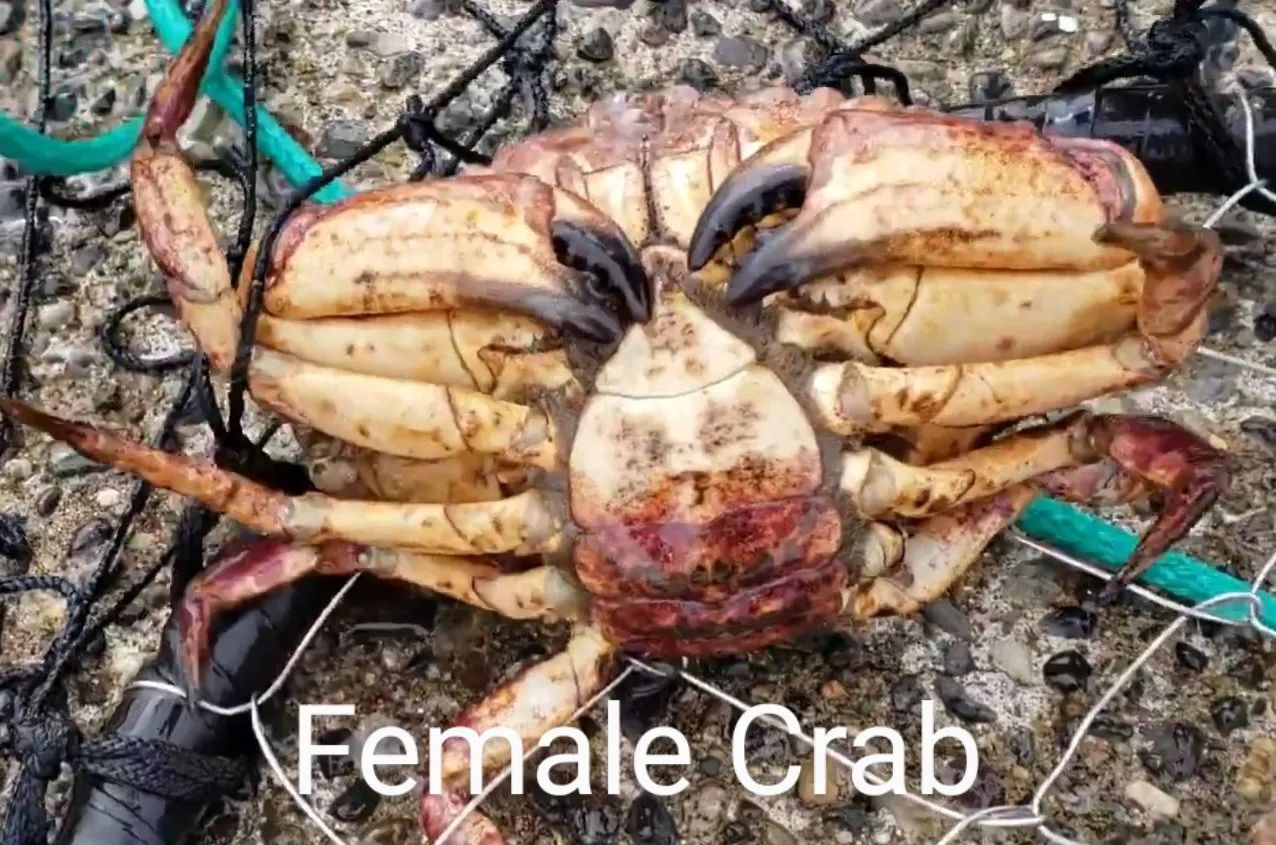

The second time I went crabbing in March/April, and only caught one “keeper”, we stopped in the local fisherman’s shop to buy a couple more crabs to complete our feast. I got talking to the fisherman about the different intricacies of crabbing.
He told me that the reason we didn’t catch anything but crabs that were too small or female is because crabs don’t like fresh water. What that means is if you try crabbing from the docks where freshwater rivers meet the ocean, during the winter with the storms, or the spring with the spring runoff, the increased freshwater drives the bigger males out into the more briney waters of the ocean.
The females and smaller crabs will stay in the calmer waters of the bay, thus, if you don’t have a boat to convey you to deeper waters during these seasons, it’s not as likely you will catch many of male crabs big enough to keep.
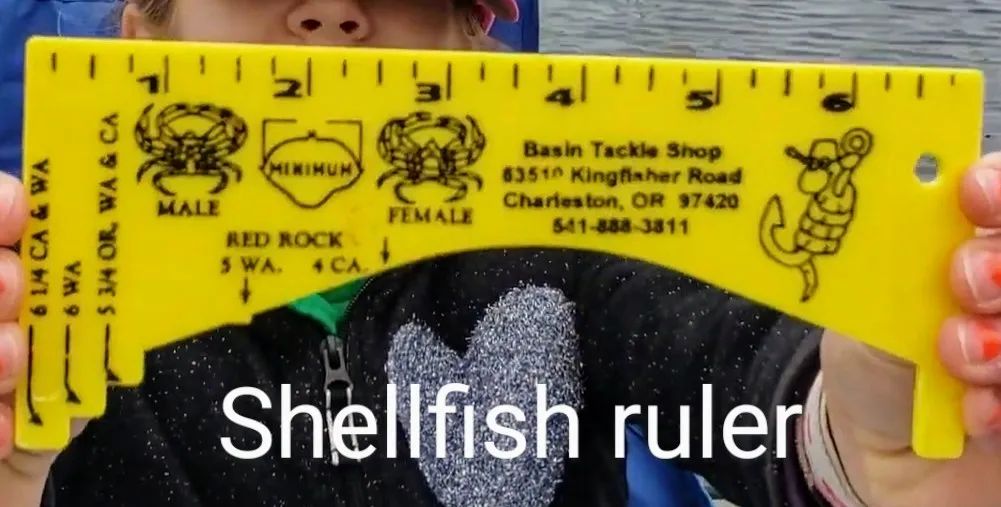
What Supplies Do You Need To Crab?
In order to make sure you have everything you need to be successful at catching crab, you’ll need the following items: A shellfish license (for Washington or Oregon), a crab trap which can be rented or bought at lots of different places near where you would go crabbing (you can even buy them on Amazon if you have the space to pack it!), bait, a measuring tool of some sort, and a cooler with ice to put your crabs in (the cold will make them fall asleep, making them easy to cook later) but if you don’t have a cooler handy, a bucket will do too. Make sure your trap comes with a bait cage/zip ties to secure your bait to your crab trap.
Supplies that aren’t completely necessary, but make the experience more enjoyable are as follows: Camping chairs, jackets and blankets (if it’s a cold day), sturdy gloves to protect your fingers from sharp pincers, and a form of entertainment for the wait in between throwing out your trap.
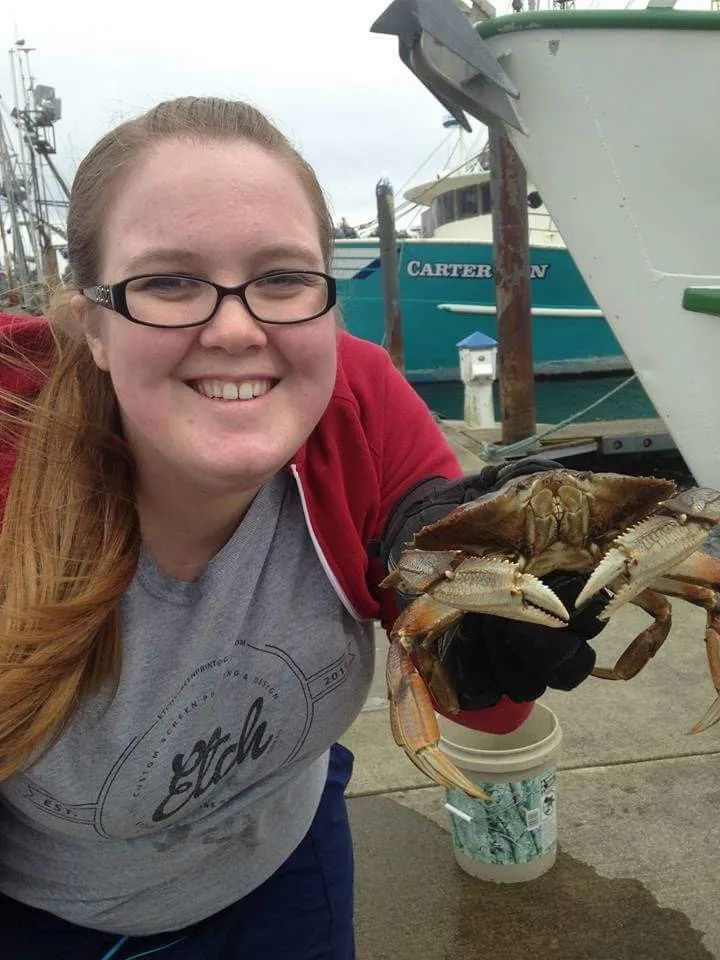
What Kind Of Bait Do You Need To Crab?
Now when it comes to what to use to lure the crustaceans into your trap, what is typically used is either raw pieces of chicken, or pieces of fish or squid. I’ve heard different fishermen swear by one kind of bait over the other, each claiming their chosen bait is better than the other at catching more crabs. I’ve tried both, and in my experience (admittedly, limited to the pier), I can’t tell the difference in catching more crabs over another.

Best Time To Go Crabbing?
To go crabbing, it does require some planning in your day. The best time of day to go crabbing is the hour before and the hour after the change of the tide, when the waters are calm enough for the crabs to be moving about enough to go after the bait you are tempting them with. So make sure to check the tide charts before you go.
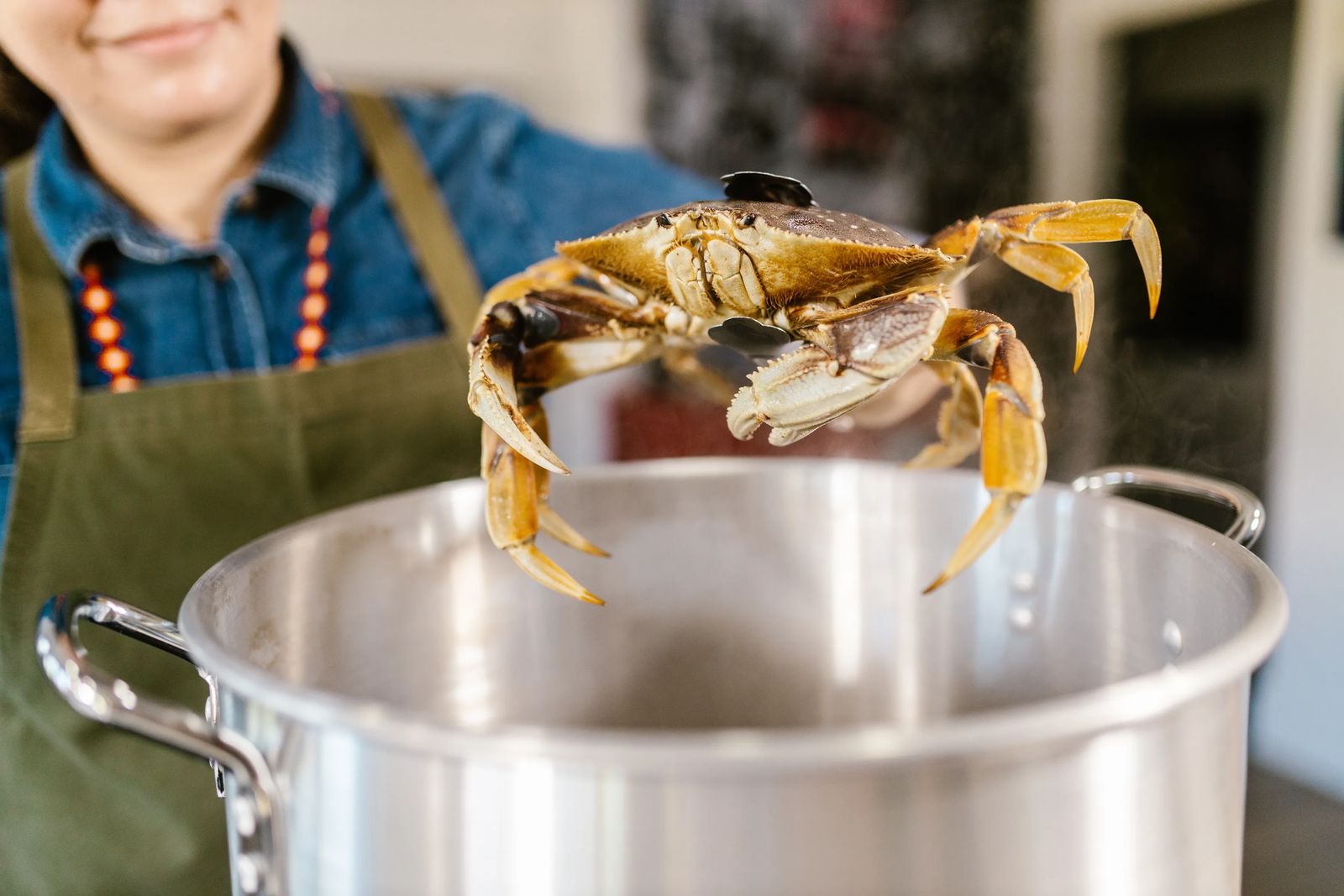
Step By Step Guide To Crabbing On The West Coast
To explain how to go crabbing, I'll tell you about one of my experiences crabbing in Oregon. We had gotten a little of a late start, and by the time we got to the shop where we planned to rent our crab pot, all of them had already been rented out, but they had a couple for sale for about $30 each, and since this is one of my favorite things to do in Oregon, we bought one so that we could use it for this and future crabbing excursions.
The next thing that we had to do is to get our shellfish license. If you are a resident of Oregon, just bring your I.D. into the shop that you are getting your equipment from, and a shellfish license for the full year only costs $10. For those who aren’t Oregon residents, a 3-day license costs $30. Those younger than 12 years old don’t need a license. We just bought our bait at the shop which happened to be some sort of frozen fish.
We walked down the docks and got set up. We unspooled and tied our traps to the dock, then cut off a piece of our frozen bait and secured it to the trap. When we were ready, we threw out our traps into the water to try to catch some yummy crabs.
After throwing out the traps, you should wait for about 15-20 minutes before pulling it back in to see your crabby haul. We were told that since it had been raining in the area for the last couple of weeks, that it wouldn’t be a good time to go crabbing off of the docks but were determined to try anyway. This time around, we only caught one crab that we got to keep, but lots of big females and young crabs. Even though we didn’t get to keep them, smaller crabs were fun to see and hold, and for the dogs to investigate before they scuttled back into the water.
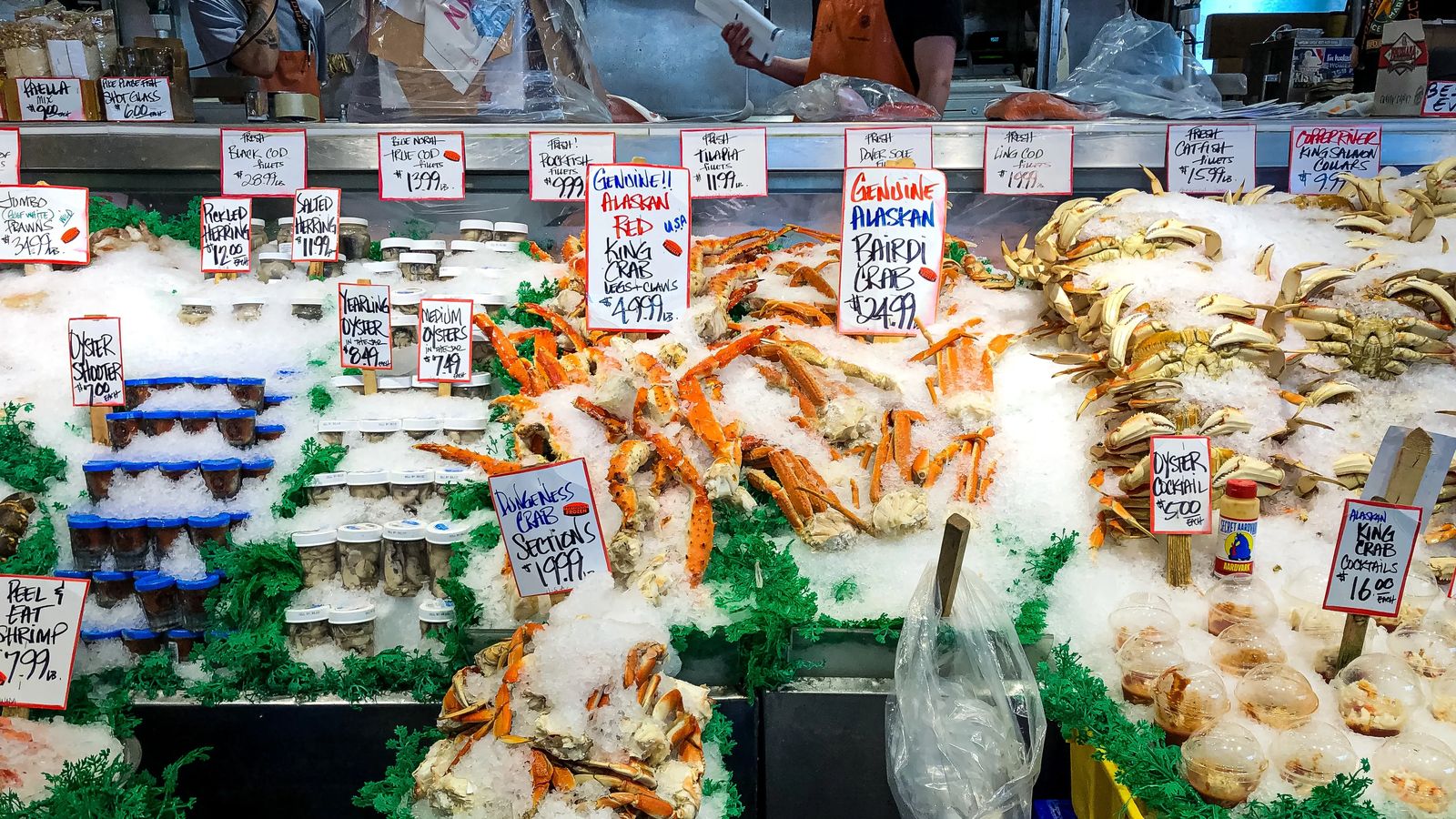
Storing The CRab Before Cooking
When you do catch a crab the right size and the right gender, go ahead and put it in your cooler for safe keeping. We initially thought that we had to put some water in the bucket with the crabs, but later found out from a local fisherman that they can survive for up to 12 hours without water and that they drown if they are left in standing water. But there should be a little water in the bottom for them so they don’t dry out either.
When you get the crab home, if you aren't ready to cook it right away, stick the crab in your freezer. They won't last in the freezer forever though, so it is important that you cook them within 12 hours of bringing them home.
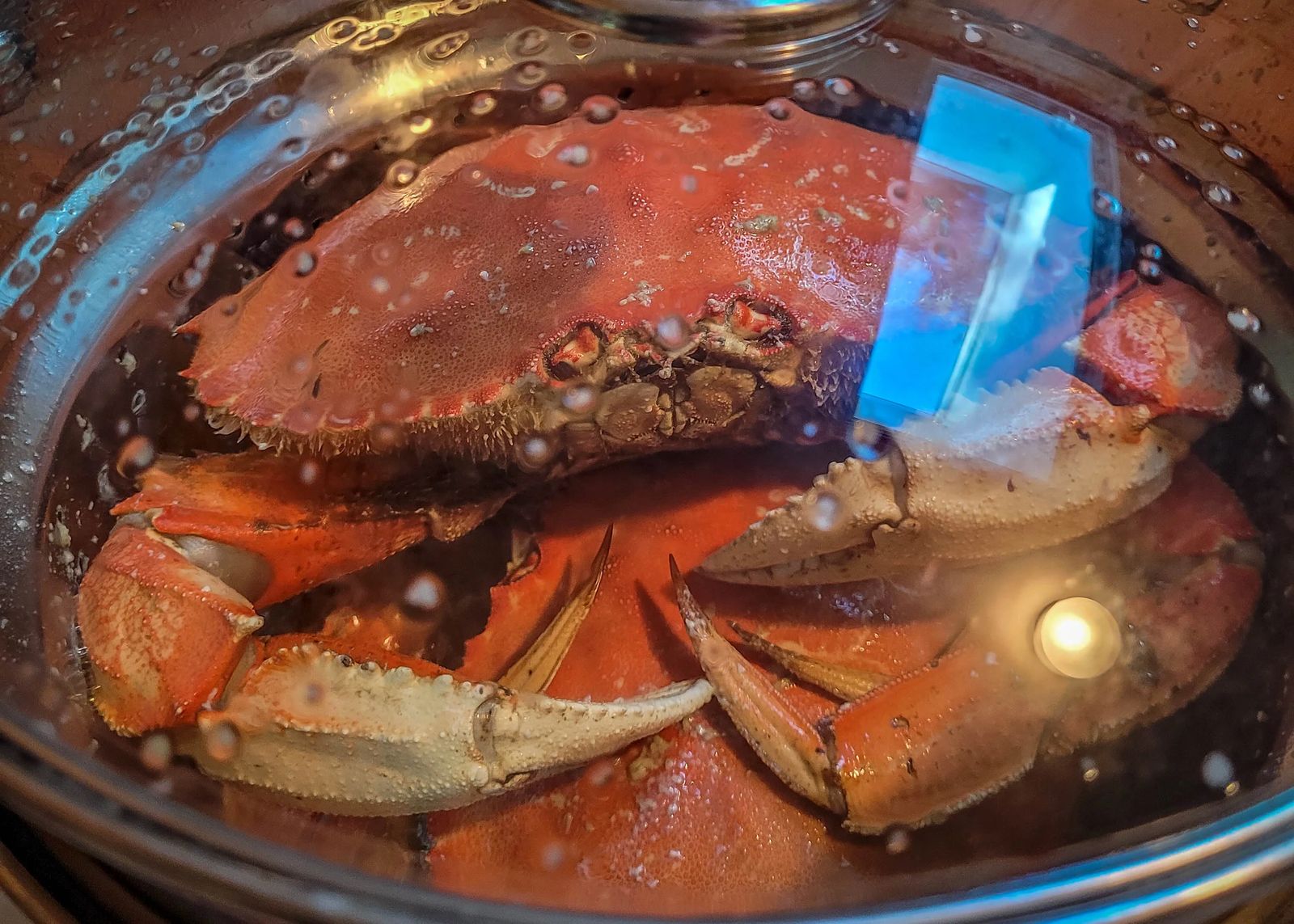
Cooking Your Crab
After catching our crabs/buying a few more from the fisherman, we took our crabs back to our camp to cook and eat. We had made sure to pack a large pot with a lid for just this purpose. On the campstove, we brought the water to a boil and added sea salt to the water. Our crabs were already asleep from the cold of the cooler, so were easy to slip into the water where they quickly died in their sleep. For a crab around 2 lbs, it should cook for 15-20 minutes (less time if it weighs less). The crab shell should be a bright orange/red when it is cooked. I would suggest looking up a video on Youtube on how to clean crabs after they are cooked so that you can feast!

Map of Crabbing Spots Along the West coast
Here is a map of many different places all along the west coast where you can try your hand at crabbing. So if you love crab legs and want a fun and unique experience, I highly suggest trying out crabbing!
About Breanna Groneman (Contributing Author)
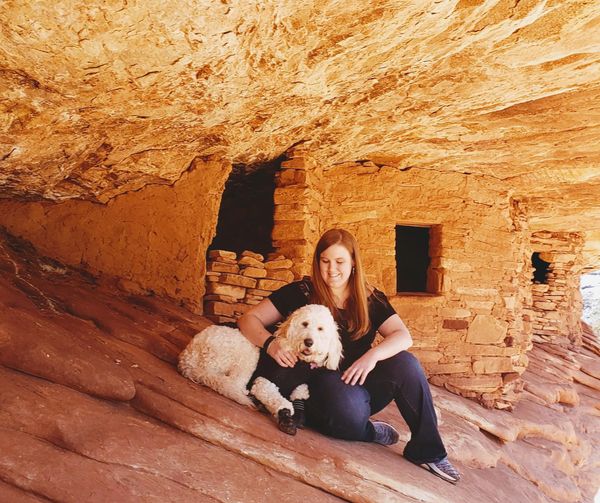.jpg?fit=outside&w=1600&h=1342)
I'm Bree! I'm a travel nurse that loves nature and exploring the outdoors with my cute pooch! I grew up exploring the deserts of Utah and then developed an obsession with the PNW, the place I plan to make my home when I'm ready to stop traveling for my profession. I may be an introvert, but I'm a dog lover, Janiel's best friend, and I love sharing the beautiful places I've been!
Like it? Pin it for later! Sharing is caring ;)
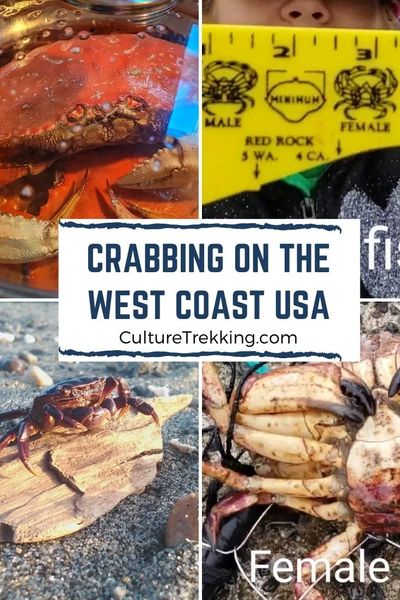.jpg?fit=outside&w=1600&h=2399)
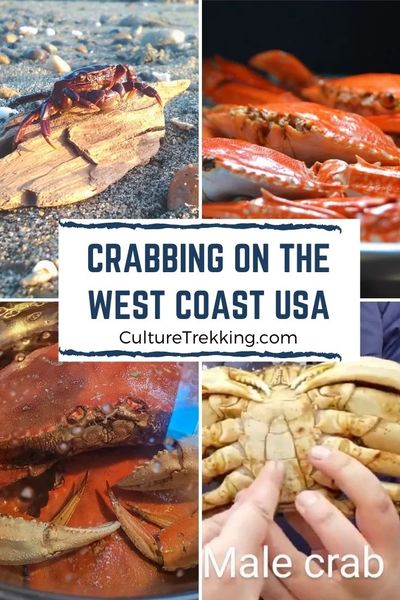.jpg?fit=outside&w=1600&h=2399)
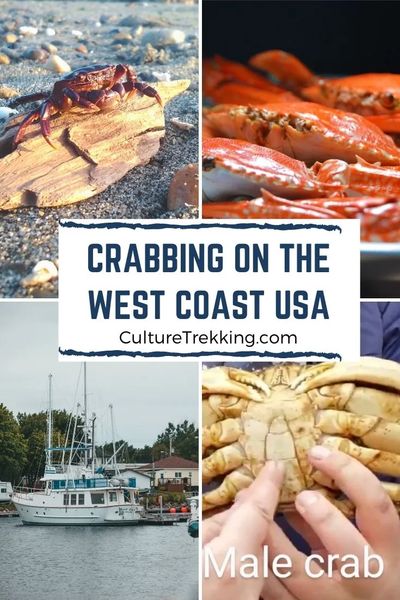.jpg?fit=outside&w=1600&h=2399)
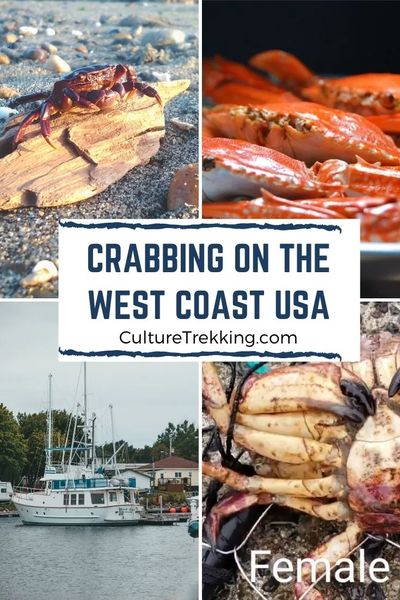.jpg?fit=outside&w=1600&h=2399)
THANKS FOR VISITING CULTURE TREKKING!
Be sure to subscribe below to join the community. I would love to get to know y'all a little better, so I would like to introduce myself, I'm Janiel Green :) Read my story and join on Facebook, Instagram, Twitter or YouTube. I interact with the community a lot on those platforms.
Please feel free to leave any questions you have below. If you found this article useful, please pin the article for later - it really helps support my efforts.
All the best to you and yours!

Latest Articles On Culture Trekking
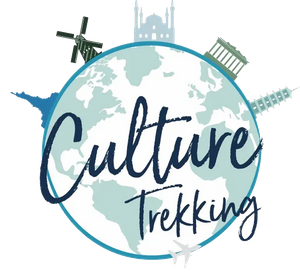

Welcome to Culture Trekking!
My name is Janiel, a medical professional, and solo adventurer. I have over 23 years of international travel experience and have a sincere passion for celebrating humanity, connecting with cultures, finding unique art and adventure. I’m an advocate for animals and sustainable travel and want to invite you to join the Culture Trekking community.
















